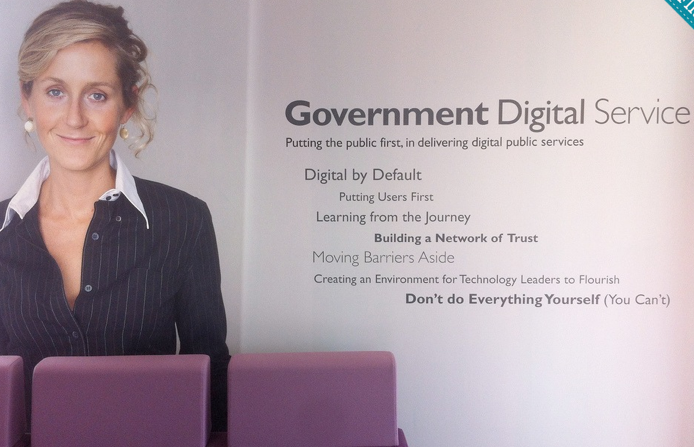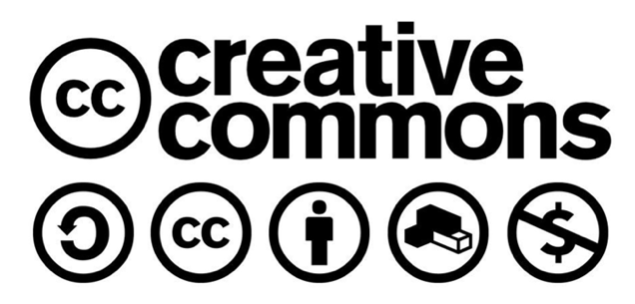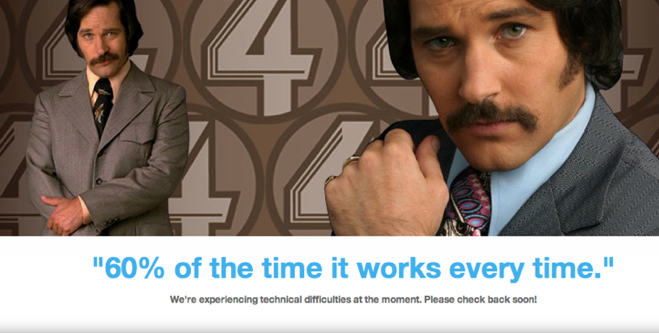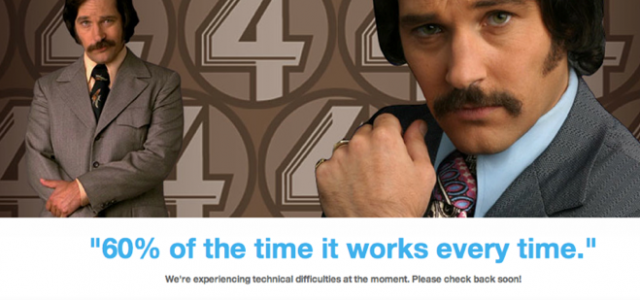Delivering a great user experience. It’s the sign of companies that “get it”, an example for others to imitate and a way to reap profits from delighted, engaged customers. In creating real or virtual goods and services, how do you engineer a memorable experience? Tip: Its harder than it looks. Customers aren’t there in your office, they don’t work for you, they have their own goals. Often these can be summarized, which can create sympathy, but not empathy. Empathy is created by one-on-one understanding. How do you bring this to your team? For this closing keynote of the Product, Customer and User Experience Summit 2014, I outline 9 techniques to help your company connect with their customers.
Enjoy the slideshow , but for blog’s sake, here they are:
Focus on people not personas
 These artifacts often called ‘personas’ can convey things about your customers, but beware of too much information. Pay special attention to the photo, make sure it is not ‘stock’ photography, not too well-shot. Make sure they aren’t smiling and looking right at you, try to capture a real person showing real emotion. Blow it up life size and put it on the wall.
These artifacts often called ‘personas’ can convey things about your customers, but beware of too much information. Pay special attention to the photo, make sure it is not ‘stock’ photography, not too well-shot. Make sure they aren’t smiling and looking right at you, try to capture a real person showing real emotion. Blow it up life size and put it on the wall.
Tell the story with pictures
 A picture is worth a thousand words. Rather than using words to describe your customer, rely on the photo itself. People have great powers of observation, seeing a person, perhaps with their belongings, their interests is more powerful than descriptions. Post your personas in the hallway, let everyone see them. In fact, evangelize them to all elements of your business, without seeing the people they really work for, they can easily forget them when making decisions.
A picture is worth a thousand words. Rather than using words to describe your customer, rely on the photo itself. People have great powers of observation, seeing a person, perhaps with their belongings, their interests is more powerful than descriptions. Post your personas in the hallway, let everyone see them. In fact, evangelize them to all elements of your business, without seeing the people they really work for, they can easily forget them when making decisions.
Walk in their shoes
Method (the soap company) doesn’t have a receptionist, everyone in the company takes turns to fill this role. You. gain empathy by interacting and helping the people that are interested in their company that is hard to communicate any other way.
Create a manifesto.
 What does your team believe in? What are you trying to achieve? When will you know if you’ve achieved it if you can’t articulate it or measure it? When you lose your way or encounter difficulties (which you will) you will have a shared mantra to guide you.
What does your team believe in? What are you trying to achieve? When will you know if you’ve achieved it if you can’t articulate it or measure it? When you lose your way or encounter difficulties (which you will) you will have a shared mantra to guide you.
Knock down the cubicles and get a room
 Sharing space with your team connects you in a way that nothing else can. Communication becomes breezier, problems get solved quicker, teams can sense when they are in or out of focus and correct. Artifacts can be posted on the wall, and everyone can see where they are at and join in. Also, keep track of projects with post-it’s on the wall. Trust me, they really work.
Sharing space with your team connects you in a way that nothing else can. Communication becomes breezier, problems get solved quicker, teams can sense when they are in or out of focus and correct. Artifacts can be posted on the wall, and everyone can see where they are at and join in. Also, keep track of projects with post-it’s on the wall. Trust me, they really work.
Create cross-functional teams
 Avoid teams based on silos, or specializations. Embrace Agile/Scrum and create teams that are fully responsible for analysis, strategy, design and delivery of the product. If you are a team of specialists, become a team of generalists, bring your curiosity and efforts to other parts of creating. This tight knit structure also allows for experimentation since people are operating outside of their comfort zone. The team rallies and corrects mistakes and supports each other to grow more effective over time.
Avoid teams based on silos, or specializations. Embrace Agile/Scrum and create teams that are fully responsible for analysis, strategy, design and delivery of the product. If you are a team of specialists, become a team of generalists, bring your curiosity and efforts to other parts of creating. This tight knit structure also allows for experimentation since people are operating outside of their comfort zone. The team rallies and corrects mistakes and supports each other to grow more effective over time.
Give it away
 Its hard not to focus on profit, but if you make something useful or helpful for other people, think about giving it away. If your company is just starting out, or fully established, the feedback and goodwill you can gather by giving away some of your products is invaluable. It also opens a generous feedback loop, your customers will become less hesitant to give constructive feedback when they get something for free.
Its hard not to focus on profit, but if you make something useful or helpful for other people, think about giving it away. If your company is just starting out, or fully established, the feedback and goodwill you can gather by giving away some of your products is invaluable. It also opens a generous feedback loop, your customers will become less hesitant to give constructive feedback when they get something for free.
Speak the customers language
 Too often interactions with computers seem like… interaction with computers. Hire a copywriter, have your site speak like a human. Think of common error messages like forgetting a username and password. Very rarely do people forget their username and password on purpose, why shame them for doing it by having a mean message written all in red? Every interaction you make the effort to soften and made pleasant speaks volumes.
Too often interactions with computers seem like… interaction with computers. Hire a copywriter, have your site speak like a human. Think of common error messages like forgetting a username and password. Very rarely do people forget their username and password on purpose, why shame them for doing it by having a mean message written all in red? Every interaction you make the effort to soften and made pleasant speaks volumes.
Admit mistakes
 Being real means your company can make mistakes. It can fail to deliver. In these instances, real companies can admit it, apologize, fix it and move on. The worst omission is to push your failure on the customer by making them guess whether it was them or you that failed. Or to abandon the service as being too troublesome. By owning up, you gain trust as well as keep that feedback loop open and can learn and iterate. Unresponsive companies will spend more on service and engender more anger than if they just could admit things like a person would.
Being real means your company can make mistakes. It can fail to deliver. In these instances, real companies can admit it, apologize, fix it and move on. The worst omission is to push your failure on the customer by making them guess whether it was them or you that failed. Or to abandon the service as being too troublesome. By owning up, you gain trust as well as keep that feedback loop open and can learn and iterate. Unresponsive companies will spend more on service and engender more anger than if they just could admit things like a person would.
I hope one or more of these techniques inspire you to take that step to being a customer focused company. If I helped out, share this!
